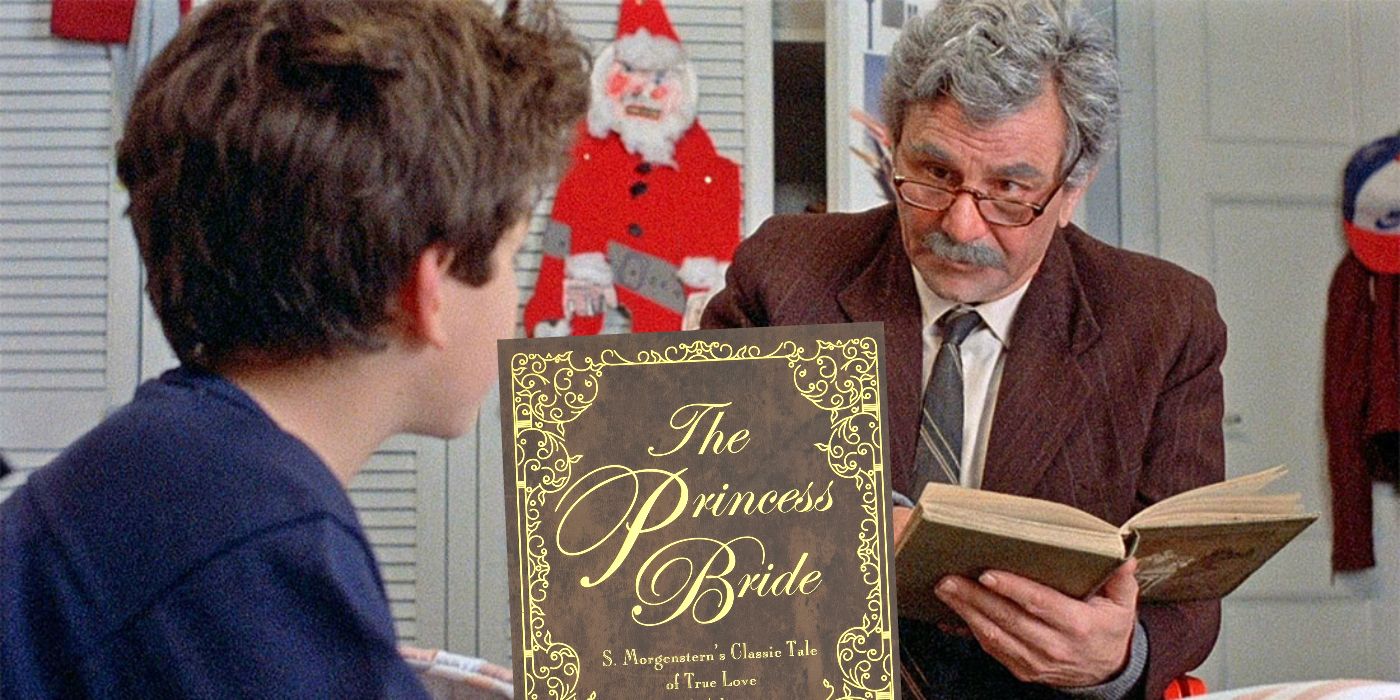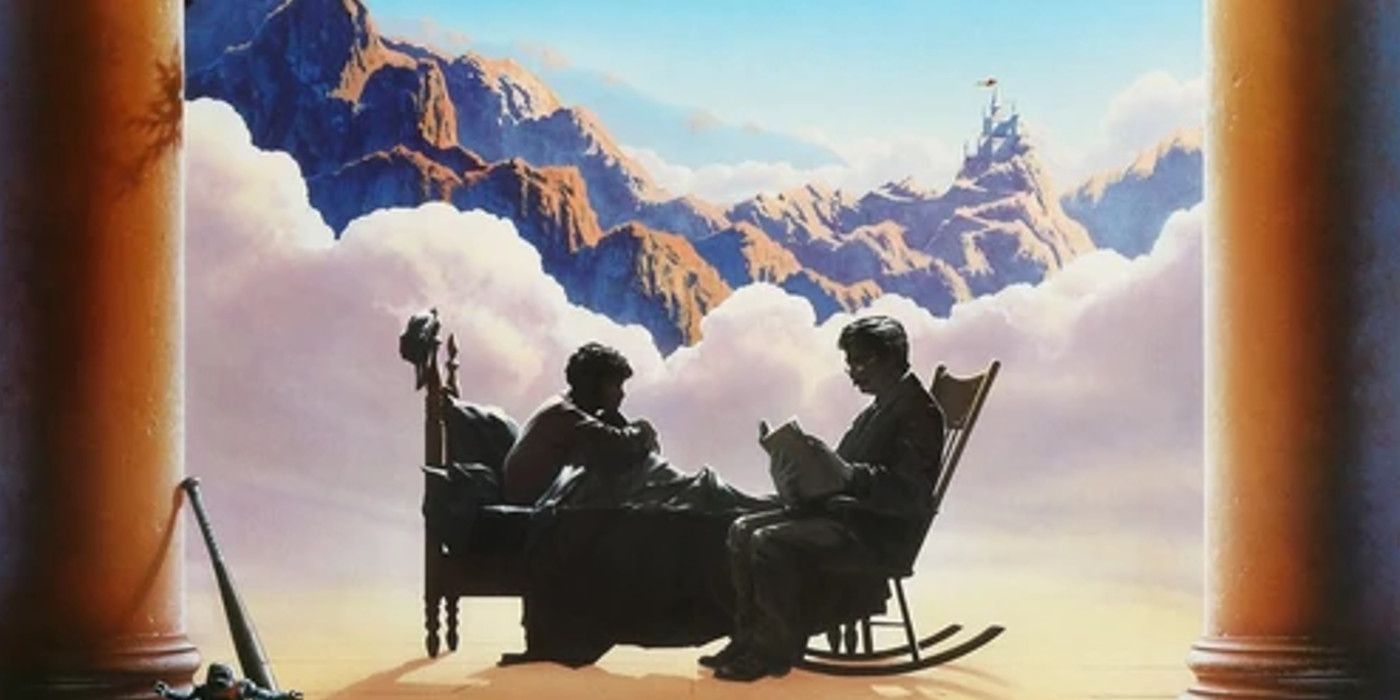The Princess Bride's story is credited to one S. Morgenstern, but in truth, this is a total lie: there is no S. Morgenstern, and his non-existence is a part of the lore behind William Goldman's Princess Bride novel. The tale of how The Princess Bride came to be adapted is an epic as amazing as the novel's own story of "fencing, fighting...true love (and) miracles." The Princess Bride spent the better part of a decade in development hell, bounding from producer to producer. Eventually William Goldman took the unheard of step of buying the film rights back with his own money, and sitting on them until he could find a filmmaker he was satisfied could translate the spirit of his book into a movie. Goldman eventually decided that the perfect person for the job was director Rob Reiner, who it turned out was as huge a fan of The Princess Bride novel as Goldman was of Reiner's mockumentary This Is Spinal Tap.
The Princess Bride novel opens with an introduction where Goldman explains the history of The Princess Bride by S. Morgenstern, how his father had read The Princess Bride to him out-loud when he was sick as a child, and how he was inspired to buy the book for his own son. Goldman was horrified, however, to discover that the epic adventure he remembered so fondly from his childhood was actually a dry political satire, akin to Jonathan Swift's Gulliver's Travels. It seemed that Goldman's father had skipped over a lot of the original novel in his reading, such as over 50 pages involving assorted noblewomen packing and unpacking their luggage. This, Goldman claimed, inspired him to publish his own abridged "Good Parts" edition of The Princess Bride over the objections of S. Morgenstern's estate, relating the meat of the fairy tale that inspired him as a boy, with occasional interruptions as to what he had cut and why.
The Princess Bride film brilliantly translated Goldman's autobiographical notes through the device of a frame story, with a grandfather (Peter Falk) reading the novel to his sick grandson (Fred Savage) and Goldman's editing notes being transformed into the grandson's interruptions as the story went on. What some may not realize, however, is that the idea of S. Morgenstern and this classic novel called The Princess Bride were as much a fabrication as the movie's grandson and grandfather. There was never any writer named S. Morgenstern or an ancient European satire called The Princess Bride. In fact, William Goldman didn't even have a son.
What Goldman did have, however, were two daughters who asked him to tell them a story, with one daughter wanting a story about princesses and the other wanting a story about a bride. Goldman split the difference and, after coming up with this new fairy tale, decided to share it with the world as a novel. The story of how he had stumbled across this obscure classical novel and was waging an intensive legal battle to bring his version of The Princess Bride to the American public was completely made up, along with the actual story of Princess Buttercup and her true love Westley.
Goldman got a lot of mileage out of this idea, with the introductions for the anniversary reprints of The Princess Bride detailing his increasingly ludicrous fights with the S. Morgenstern estate and the family lawyers. These misadventures included their sending an attractive female lawyer to try and seduce him into agreeing to a ludicrous settlement, and the estate signing Stephen King to abridge the long-lost Princess Bride sequel Buttercup's Baby to spite him. Perhaps someday fans will see those stories made into a movie as well.


